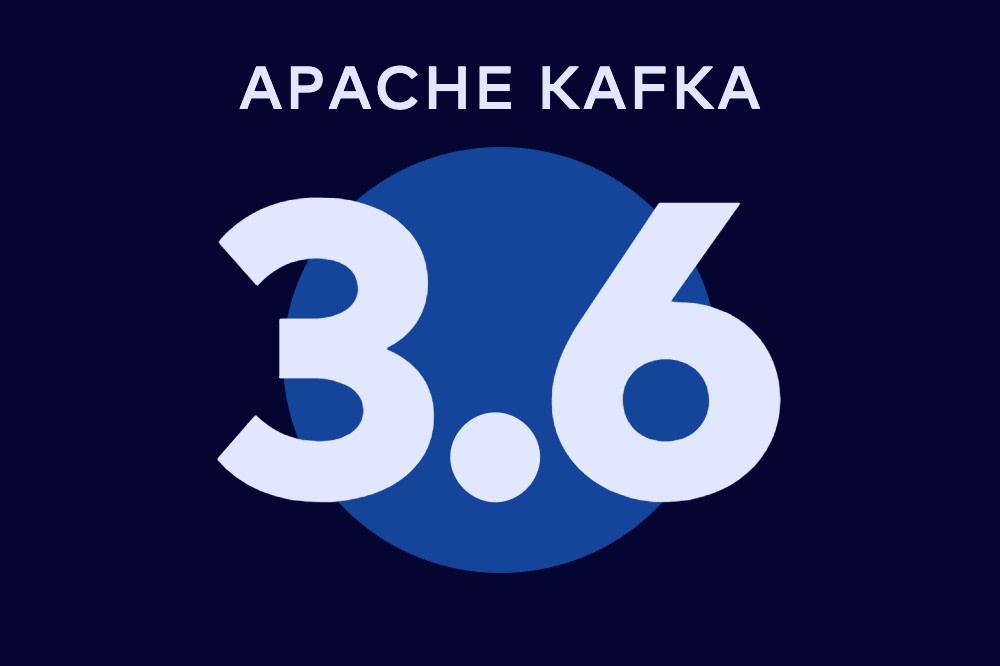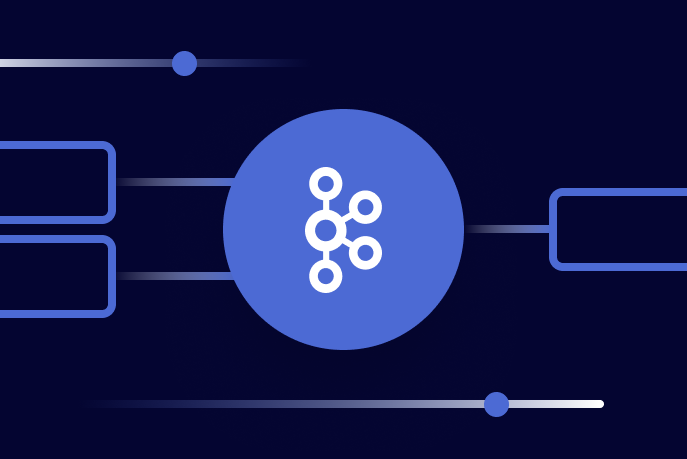Apache Kafka®️ 비용 절감 방법 및 최적의 비용 설계 안내 웨비나 | 자세히 알아보려면 지금 등록하세요
Technology
Data Products, Data Contracts, and Change Data Capture
Change data capture is a popular method to connect database tables to data streams, but it comes with drawbacks. The next evolution of the CDC pattern, first-class data products, provide resilient pipelines that support both real-time and batch processing while isolating upstream systems...
Unlock Cost Savings with Freight Clusters–Now in General Availability
Confluent Cloud Freight clusters are now Generally Available on AWS. In this blog, learn how Freight clusters can save you up to 90% at GBps+ scale.
Contributing to Apache Kafka®: How to Write a KIP
Learn how to contribute to open source Apache Kafka by writing Kafka Improvement Proposals (KIPs) that solve problems and add features! Read on for real examples.
Using Data Contracts with Confluent Schema Registry
Confluent Schema Registry, both in Confluent Platform Enterprise and Confluent Cloud, now supports the use of data contracts. In this article, we'll walk through an example of enhancing a schema to be a full-fledged data contract.
Introducing Apache Kafka 3.6
Apache Kafka 3.6 is here! This release includes Tiered Storage (Early Access), the ability to migrate clusters from ZooKeeper to KRaft with no downtime, the addition of a grace period to stream-table joins, & more!
An Introduction to Apache Kafka Consumer Group Strategy
Ever dealt with a misbehaving consumer group? Imbalanced broker load? This could be due to your consumer group and partitioning strategy!
Deliver Intelligent, Secure, and Cost-Effective Data Pipelines
Today, we’re introducing Confluent Cloud’s fully managed service for Apache Flink®, improvements to Kora Engine, how AI and streaming work together, and much more.
Introducing Confluent Cloud for Apache Flink
As of today, Confluent Cloud for Apache Flink® is available for preview in select regions on AWS. In this post, learn how we’ve re-architected Flink as a cloud-native service on Confluent Cloud.
Top 5 Best Practices for Building Event-Driven Architectures Using Confluent and AWS Lambda
Learn the best practices for integrating Confluent with AWS Lambda to build event-driven architectures.
Apache Kafka® Message Compression
Learn about the role of batch.size and linger.ms in Kafka message compression.
Dataflow Programming with Apache Flink and Apache Kafka
Learn how to build a Java pipeline that consumes clickstream data from Apache Kafka®. Consuming clickstreams is something that many businesses have a use for and it can also be generalized to consuming other types of streaming data.
Your Guide to Flink SQL: An In-Depth Exploration
Dive into Flink SQL, a powerful data processing engine that allows you to process and analyze large volumes of data in real time. We’ll cover how Flink SQL relates to the other Flink APIs and showcase some of its built-in functions and operations with syntax examples.
How to Run Apache Kafka on Windows
Looking to install Kafka on Windows? This step-by-step guide will show you how to set it up and run it thanks to the Windows Subsystem for Linux 2.
Design and Deployment Considerations for Deploying Apache Kafka on AWS
Apache Kafka (the basis for the Confluent Platform) delivers an advanced stream processing platform for streaming data across AWS, GCP, and Azure at scale, used by thousands of companies. Amazon...
How to Tune Kafka Connect Source Connectors to Optimize Throughput
Get a high-level overview of source connector tuning: What can and cannot be tuned, and tuning methodology for any and all source connectors.
Introducing Confluent Platform 7.5
Learn about Confluent Platform 7.5 and its latest key features: enhancing security with SSO for Control Center, improving developer efficacy with Confluent REST Proxy API v3, and improving disaster recovery capabilities with bidirectional Cluster Linking.
Flink in Practice: Stream Processing Use Cases for Kafka Users
Apache Flink can be used for multiple stream processing use cases. In this post we show how developers can use Flink to build real-time applications, run analytical workloads or build real-time pipelines.







